Překlad devátého vydání legendární knihy amerických autorů Davida Bordwella a Kristin Thompsonové. Kniha poprvé vyšla v roce 1979 a od té doby se stala základní učebnicí pro obory filmových studií po celém světě. Vedle zájemců o filmová studia dokáže oslovit i širokou čtenářskou obec svým jasným, přehledným a systematickým výkladem fenoménu filmu. Kniha je doplněna ohromným množstvím obrazového materiálu, na němž je probíraná látka názorně předvedena. Čtenáři se nabízí jedinečná možnost porozumět základním tvůrčím filmovým kategoriím, jako jsou kamera, střih, zvuk apod., rozkrýt způsoby vyprávění příběhů, pochopit způsob fungování filmových žánrů atd.
Kristin Thompson Knihy

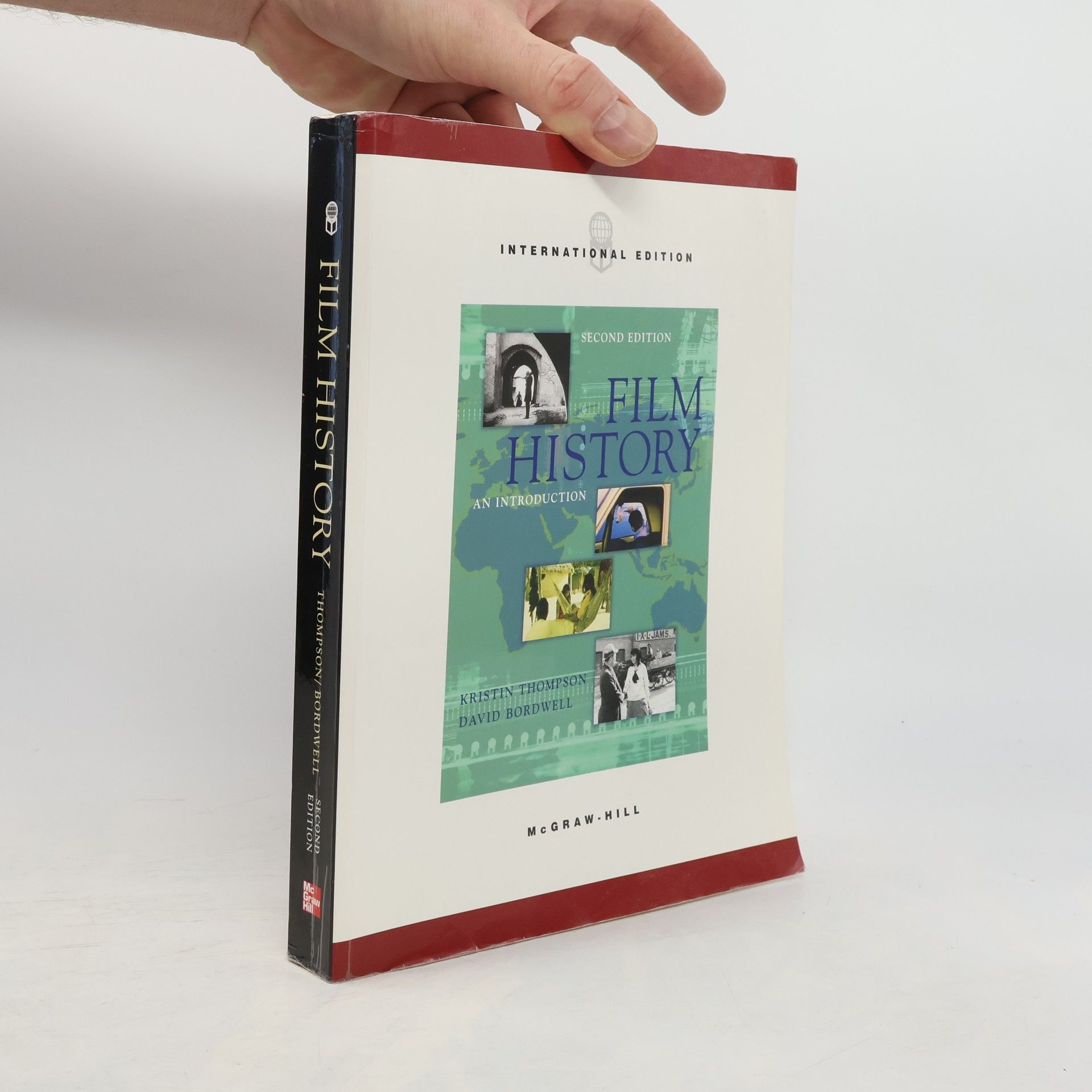
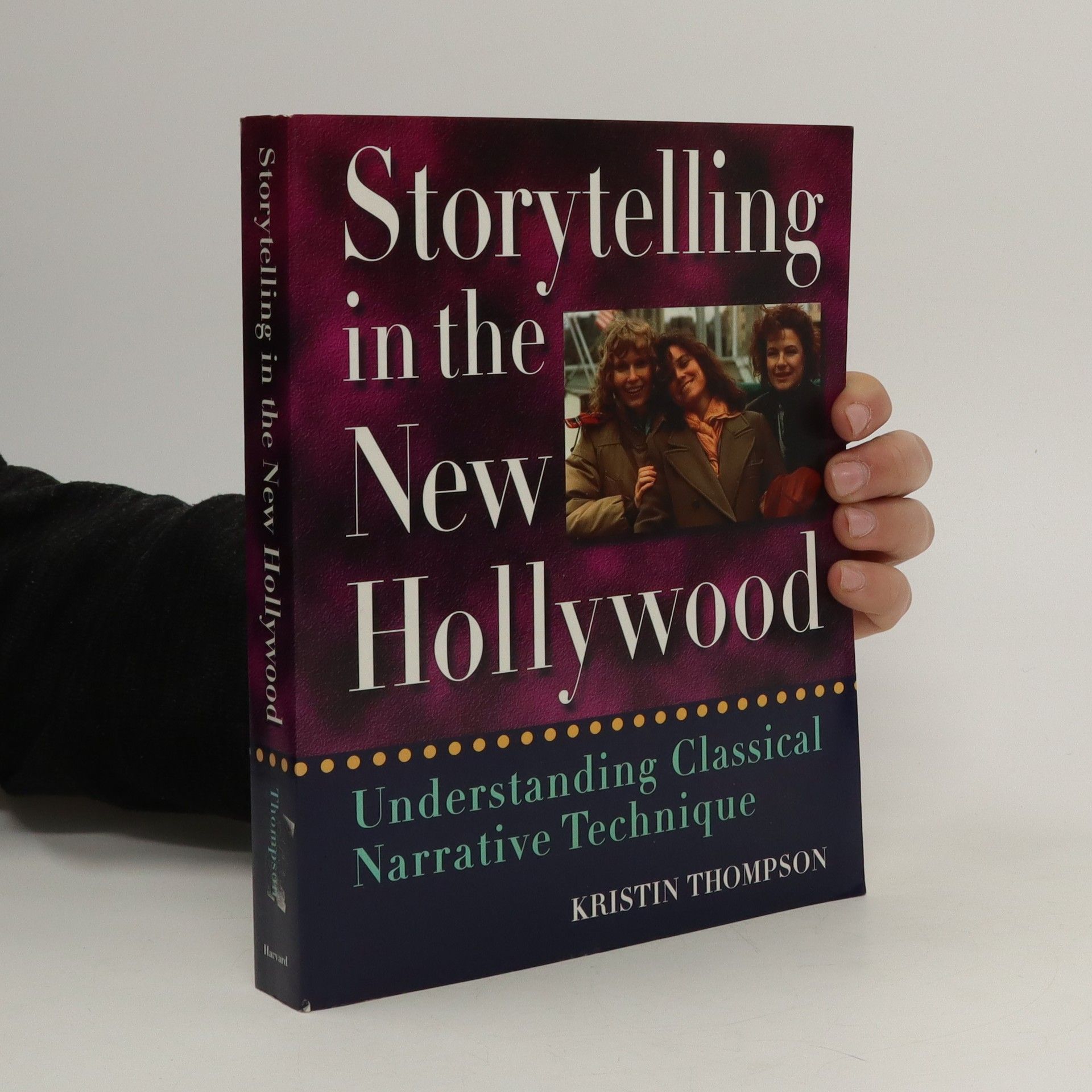

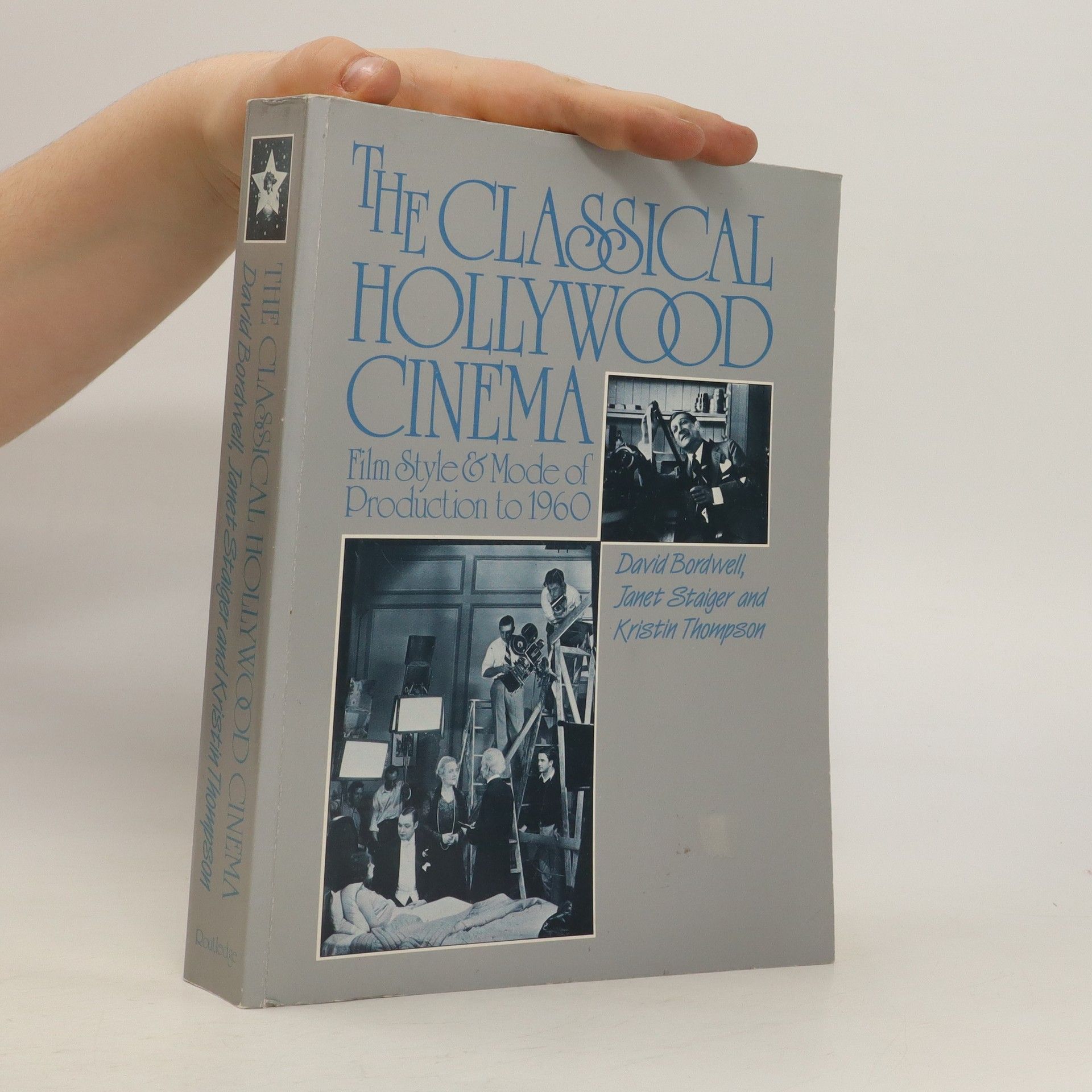
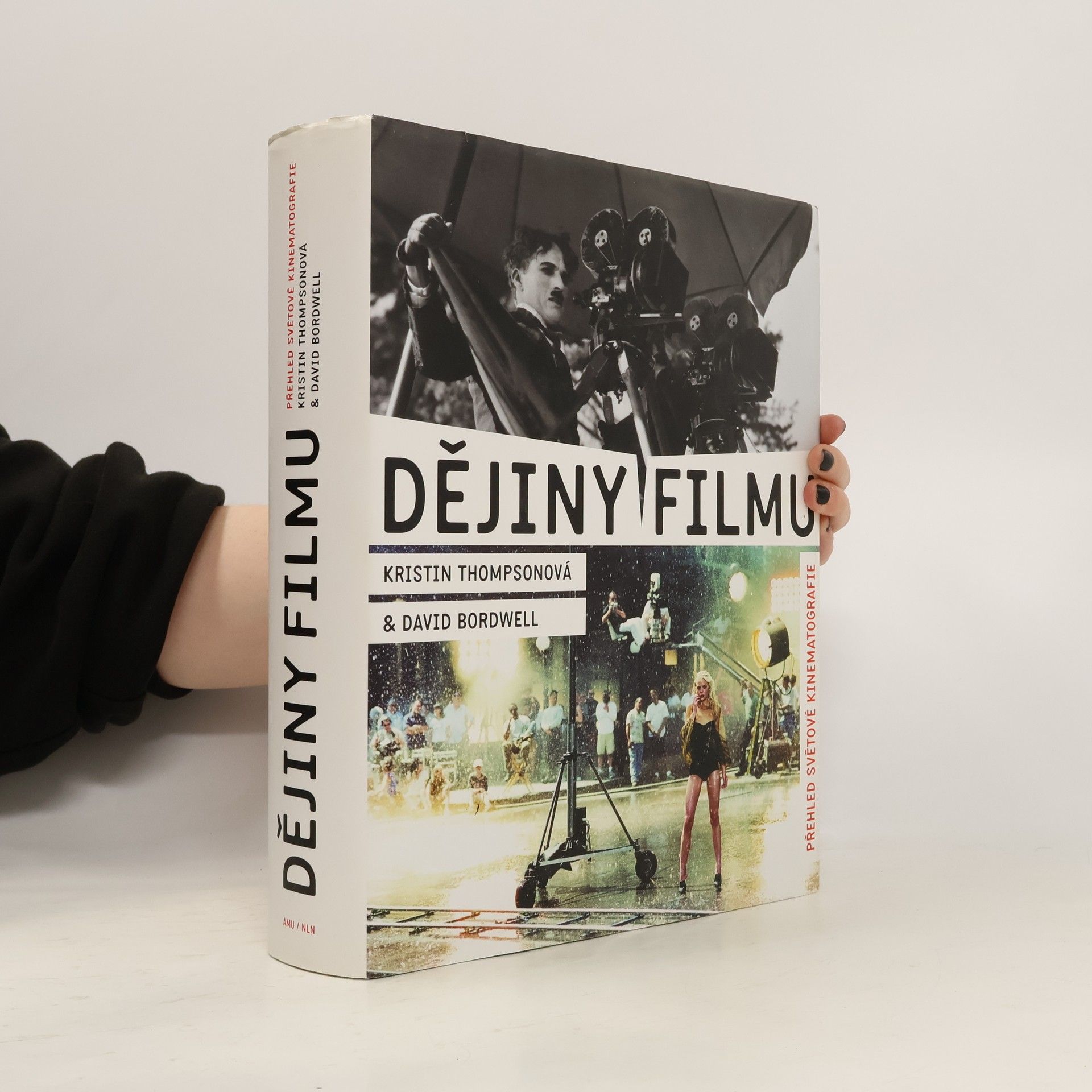
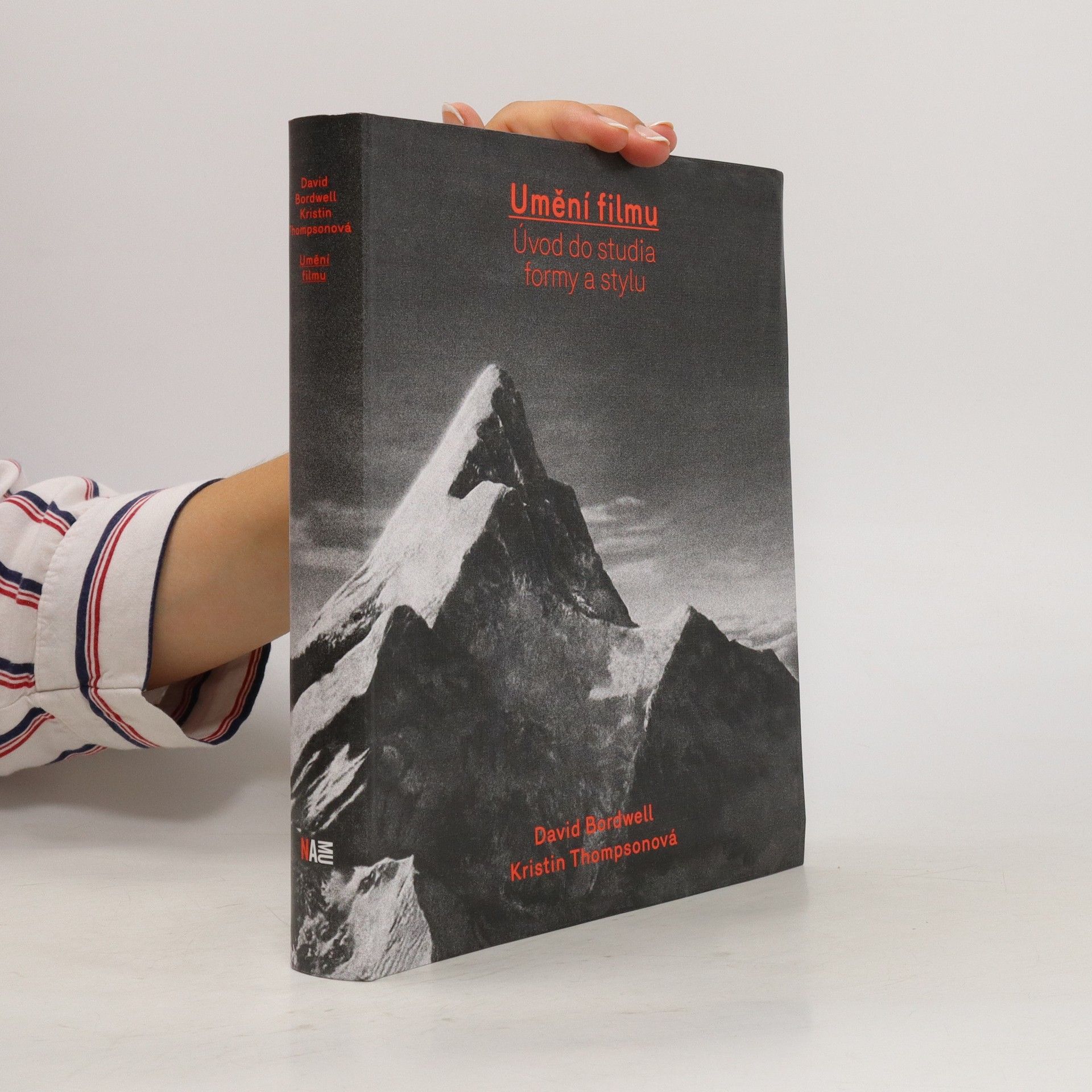
Dějiny filmu
Přehled světové kinematografie
Dějiny filmu Kristin Thompsonové a Davida Bordwella jsou víc než jen tradiční výčet slavných snímků známých i méně známých režisérů, víc než přehled škol a teorií, protože chtějí podat obraz co možná nejúplnější, který má zahrnout jak podíl autorů na díle, tak i všechny okolnosti podmiňující jeho výsledný účinek. Autoři proto sledují filmovou tvorbu v několika rovinách současně, od proměn stylu a zkoumání způsobu, jímž film působí na diváka, přes postupné utváření a rozvíjení stěžejních žánrů i proměny narativních struktur až po osudy velkých studií a ekonomické předpoklady jejich fungování. Kniha zkoumá nejen klasickou hollywoodskou produkci, ale stejnou pozornost věnuje i tvorbě evropské a mimoevropské, dílům zakladatelským i zapomenutým a stranou přitom nezůstává ani dokument a animace. Její velkou předností je, že dějiny filmu dovádí až na sám práh éry nových médií. Je zřejmé, že historické uvažování o filmu, které přejímá a svým způsobem i rozvíjí podněty nové historie, jež se prohloubeným chápáním minulosti snaží získat nový pohled na přítomnost, a které se inspiruje rovněž archeologií médií, je užitečné všem, kdo se zajímají o film hlubším způsobem. I když jsou i dnes filmová studia akademickým oborem, Thompsonové a Bordwellovy Dějiny filmu dokazují, že o kinematografii je možné psát poučeně, a přesto způsobem, který nenudí. zdroj: www.kosmas.cz
Acclaimed for its breakthrough approach and its combination of theoretical analysis and empirical evidence, this is the standard work on the classical Hollywood cinema style of film-making from the silent era to the 1960s.
Breaking the Glass Armor
- 376 stránek
- 14 hodin čtení
"Classical works have for us become covered with the glassy armor of familiarity," wrote Victor Shklovsky in 1914. Kristin Thompson "defamiliarizes" readers with eleven films, showcasing the flexibility of the neoformalist approach she developed in her earlier work. She critiques the tendency of critics to apply rigid methods to films that easily conform to those frameworks. In contrast, neoformalism encourages a unique analysis for each film, prompting continual modification of analytical assumptions. Thompson’s varied and insightful analyses range from the ordinary Hollywood film, Terror by Night, to masterpieces like Late Spring and Lancelot du Lac. She introduces a formal historical perspective on realism, exemplified by Bicycle Thieves and The Rules of the Game. Other chapters explore how classical cinema can subvert its conventions, as seen in Stage Fright and Laura, which play with audience expectations. Additionally, she examines Tati's Les Vacances de Monsieur Hulot and Play Time, alongside Godard's Tout va bien and Sauve qui peut (la vie). While neoformalist analysis is rigorous, it remains accessible, allowing readers to engage with individual essays on specific films. Ultimately, the work aims to offer new perspectives on cinema as a whole, beyond simply enhancing the understanding of these particular films.
In a book as entertaining as it is enlightening, Kristin Thompson offers the first in-depth analysis of Hollywood's storytelling techniques and how they are used to make complex, easily comprehensible, entertaining films. She also takes on the myth that modern Hollywood films are based on a narrative system radically different from the one in use during the Golden Age of the studio system.Drawing on a wide range of films from the 1920s to the 1990s--from Keaton's Our Hospitality to Casablanca to Terminator 2 --Thompson explains such staples of narrative as the goal-oriented protagonist, the double plot-line, and dialogue hooks. She domonstrates that the "three-act structure," a concept widely used by practitioners and media commentators, fails to explain how Hollywood stories are put together.Thompson then demonstrates in detail how classical narrative techniques work in ten box-office and critical successes made since the New Hollywood began in the 1970 Tootsie , Back to the Future , The Silence of the Lambs , Groundhog Day , Desperately Seeking Susan , Amadeus , The Hunt for Red October , Parenthood , Alien , and Hannah and Her Sisters . In passing, she suggests reasons for the apparent slump in quality in Hollywood films of the 1990s. The results will be of interest to movie fans, scholars, and film practitioners alike.
Film History
- 864 stránek
- 31 hodin čtení
Written by two leading film scholars, "Film An Introduction" is a comprehensive survey of film-from the backlots of Hollywood, across the United States, and around the world. As in the authors' bestselling "Film Art", concepts and events are illustrated with actual frame enlargements, giving students more realistic points of reference than competing books that use publicity stills.
Film Viewer's Guide
- 40 stránek
- 2 hodiny čtení
Bordwell provides his guide on how to watch, and what to watch for, during a cinematic experience. Included are advice on how to write analytical essays and reviews concerning the film.
